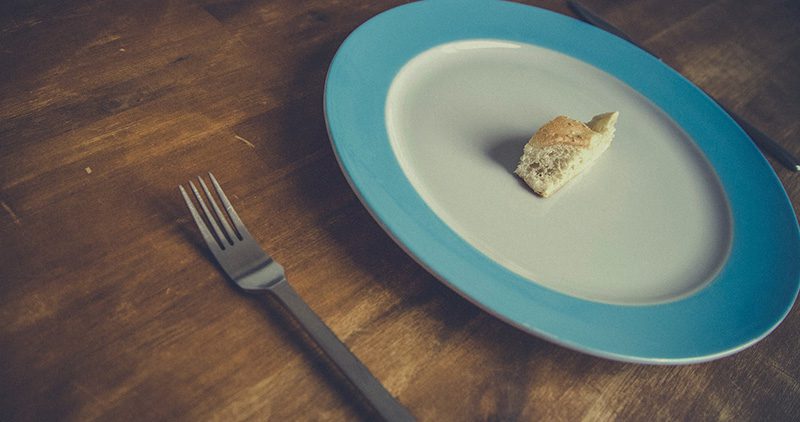FOOD
Food Safety: Ways to tell when your food is spoiled already
Leanne Josephine C. Austria
November 28, 2022
-


Have you ever felt frustrated when you see black molds on the bread you had kept for breakfast? The frustration in smelling the spoiled yogurt you saved up for your midnight snack. Seeing the ‘Kare-Kare’ dish that you cooked a few days ago and now, tiny bubbles are moving upward in the bowl, also known as gassiness. Waste of food, right? The answer is always a “YES” in all cases. Food spoilage is a trouble we all face in our everyday lives.
We know that food is spoiled when it gets contaminated by bacteria and other germs.In short, it is no longer safe to eat. This usually happens when we kept our food items unpreserved, and open for such a long time. This is when germs break down their components. The color, flavor, texture, smell taste, odor changes, and of course, its nutritional value.
Honestly speaking, when you use expiration dates to indicate whether the food’s spoilt, cancel it. Expiration dates just often indicate only when a food has reached “optimal quality,” which is an estimate that can be affected based on the purchase date, storage method, and other factors. Therefore, expiration dates are not reliable in the slightest.
Your five senses will help you and give you more insight into the safety of your food than any date you track. As we said above, food spoilage is generally noticed by the alteration in the color, flavor, texture, and odor of the specific food item. We must know the warning signs of spoiled food. There are some effective measures we can use to prevent our food from getting spoiled. Here’s how.


Bad odors
You already know that spoiled milk gives off a sour odor after a few weeks. Best thing you can do? The sniff test. If the smell is off and bad, don’t take the risk by eating it. It won’t taste good anyway. This works with fruits, vegetables, and meats as well.


Changed texture
This is especially true for vegetables and fruits. If they become squishy, concave, or has already a different consistency than what they were when you stored them, throw them out. Especially when the fruit produces wrinkly skin or a mushy, grainy texture, it’s probably time to toss them out. But, don’t get me wrong, you can still use browned and softened bananas or even apples for your baked goods. They make the best banana bread and apple pie in town!


Discoloration
Although the color change in food is normal just like avocados when exposed to air, there are still other food items that are probably ready to be thrown away. Just like the meat or poultry that has already developed an off odor, sticky, or tacky, it should not be used.
Other examples of spoiled vegetables often turn yellow, such as broccoli or kale, but some can still be saved like celery or onion. Soaking them in ice water for a few minutes will work. Also, are your potatoes turning green? well, you have to throw them away. They will be off in flavor and could make you sick.


Eggs float
Who doesn’t love eggs for breakfast? It has always been a perfect pair for toast with avocados! Yum! But there’s a quick way to test the freshness of your eggs. Drop them in fresh cold water, then if the egg is fresh and safe to eat, it will sink. If it has spoiled, it will rise to the top. This is because egg shells are slightly porous and as the egg ages, it will produce air inside the shell, which then will collect more air, increasing the likelihood that it will float and won’t be safe to eat.


Canned Food
We know canned foods are usually made with precautions against spoilage, but there are still situations of canned foods getting spoiled and you can spot it through its damaged lids or bulging surface of the cans. Yes! you can notice bubbles rising upwards inside the can which is a sign of its gassiness. Apart from that, you can also notice spoilage from the bad or strange odor coming from them. When in doubt, toss them out.
We have to take note that foods and even beverages require a certain temperature to maintain freshness. Also, separating foods according to type is another important element of avoiding food spoilage. Meats, cheeses, fruits, and vegetables should be organized when put inside the refrigerator. Proper dehydration and canning practices can also help to reduce the risk of food spoilage.
-
COMMENTS
Related Contents
-
Celebrate Buwan ng Wika with these classic Filipino dishes!
August 14, 2023
-
OMAD Diet: Everything we need to know about it
August 07, 2023
-
Smoking: The hottest food trend that’s on fire!
July 31, 2023

















